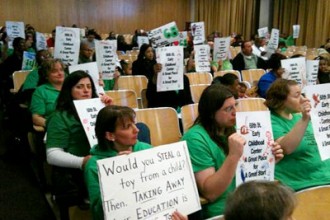Much has been written about the achievement gap in Milwaukee Public Schools. Hands are wrung over our students’ test scores and heads shake each time a school is declared to be “in need of improvement.” Very little is made, however, of the “opportunity gap,” as renowned education professor Richard Milner refers to it, that exists for Milwaukee’s students.
The drumbeat of worry over the achievement gap obscures the reasons that gap exists in the first place. It does nothing to help our children and youth, and the adults who care about them, look beyond failure to imagine possibility.
It stands to reason that the opportunity gap has everything to do with persistent gaps in achievement between children of color and their white counterparts. After all, opportunities make kids want to achieve, and they connect students to schools and learning in ways that multiple choice tests never will.
Young people who go to school in Milwaukee have significantly less access to the kinds of educational opportunities that kids in better-funded schools are routinely offered. Our students’ access to arts classes, physical education and libraries (with librarians and books in them), for example, have been shuttered with increasing speed with each budget cut made and each accountability measure added.
According to Elliot Eisner, emeritus professor of Art and Education at Stanford University, “The arts make vivid the fact that neither words in their literal form nor numbers exhaust what we can know.” It is not enough to memorize facts. We need to be able to create new knowledge if we are to realize our full human potential.
The arts give students a place in the curriculum where they can build the skills the Partnership for 21st Century Learning have identified as critical for future success: critical thinking, problem solving, communication, collaboration, creativity and innovation.
Children who lack opportunities to exercise these cognitive muscles undergo a form of intellectual atrophy. The arts trade in imagination and innovation, which are the kinds of thinking we need to help students, our city and our country rise above the hard times we find ourselves in.
We need students to be able to think up solutions, not just fill in bubbles on tests. We need to close the opportunity gap for our students so that they can close the achievement gap.
The arts, when taught well, open 21st century opportunities and can teach our students to imagine things – in the words of the great teacher and author Maxine Greene – “as if they could be otherwise.”
This commentary is published on the occasion of MPS Children’s Week. To learn more, visit mpschildrenscampaign.org.

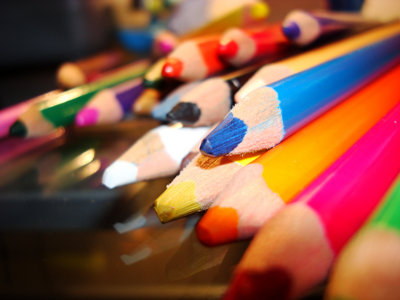
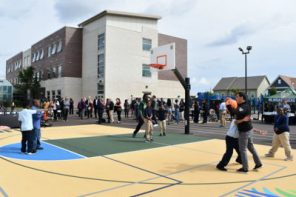 i evaluate to yes even if there's no image
i evaluate to yes even if there's no image  i evaluate to yes even if there's no image
i evaluate to yes even if there's no image 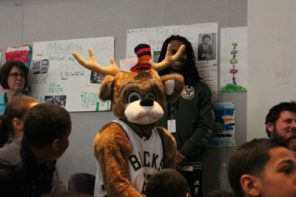 i evaluate to yes even if there's no image
i evaluate to yes even if there's no image 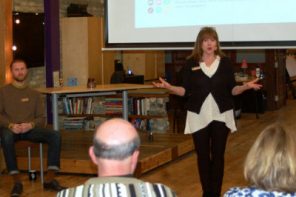 i evaluate to yes even if there's no image
i evaluate to yes even if there's no image  i evaluate to yes even if there's no image
i evaluate to yes even if there's no image 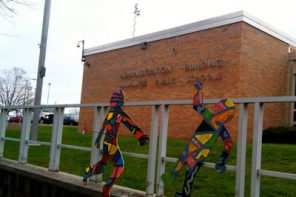 i evaluate to yes even if there's no image
i evaluate to yes even if there's no image 